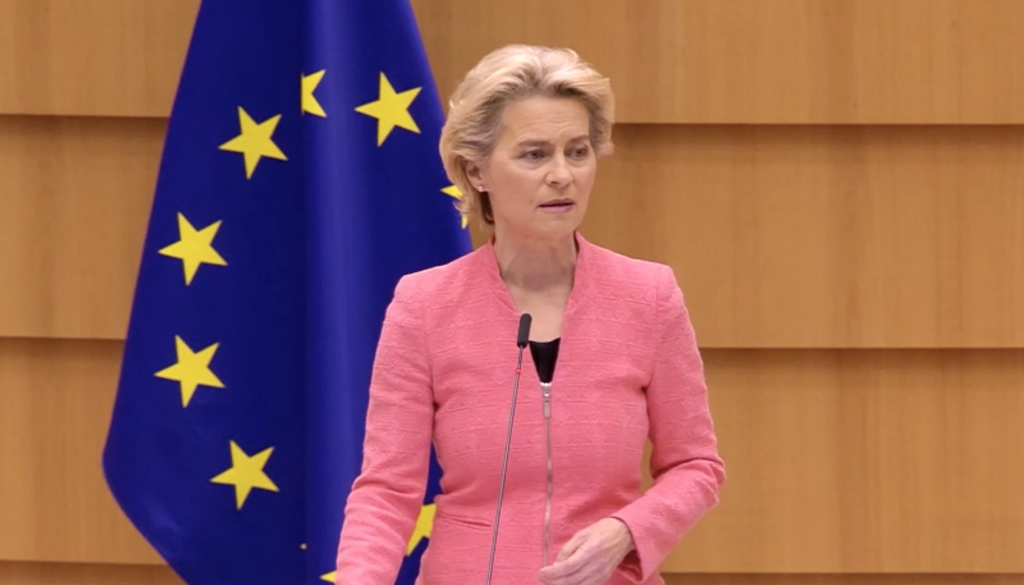Nature credits to unlock private financing for biodiversity by offering certified investment opportunities in nature-positive actions like wetland restoration and forest expansion.
EU aims to blend public and private funds to close the €65 billion annual biodiversity investment gap, with €7 billion already committed by 2027.
Call for stakeholder involvement launched, including a new expert group and open feedback period until 30 September 2025, to shape a credible and transparent nature credit market.
The European Commission has launched a ‘Roadmap towards Nature Credits’ to attract private investment into biodiversity restoration and ecosystem preservation, rewarding businesses, landowners, and communities that take measurable nature-positive action.
Nature credits represent investments in actions that restore and protect ecosystems—such as reforestation or wetland rehabilitation—with verified environmental outcomes. These credits are expected to deliver cleaner ecosystems, reduce environmental risks, and enhance the social license and reputation of investing entities.
“We have to put nature on the balance sheet. That’s exactly what nature credits do,” said Ursula von der Leyen, President of the European Commission. “When well-designed, they will provide an efficient, market-driven instrument that encourages the private sector to invest and innovate. With investment and innovation, we generate revenue for those who work to protect nature, including our farmers, our landowners, our foresters.”

With 75% of eurozone businesses dependent on nature, the Commission sees nature credits as an innovative asset class with dual benefits: driving biodiversity restoration while opening revenue streams for custodians of the land such as farmers, foresters, and local communities.
“With this roadmap, we are taking a bold step to recognise nature as a strategic asset for Europe’s future,” said Jessika Roswall, Commissioner for Environment, Water Resilience and a Competitive Circular Economy. “Our goal is clear: working hand in hand with nature and turning this into an opportunity for a resilient and competitive economy.”

The Roadmap outlines a bottom-up approach, developed with stakeholders, that aims to close the biodiversity financing gap by complementing public funding with a voluntary, standardised and certified nature credit market. It will establish clear standards and certification mechanisms to ensure trust and avoid greenwashing, while limiting the administrative burden for participants.
The Commission will form an expert group to co-develop the initiative. A call for expressions of interest is now open, with the first selection deadline on 10 September 2025. Additionally, an open feedback consultation will run until 30 September 2025.
RELATED ARTICLE: EU Commission Publishes EU Taxonomy FAQ to Simplify Sustainability Reporting
The EU is already piloting nature credit schemes in France, Estonia, and Peru, and collaborating with global actors like the Biodiversity Credit Alliance, the World Economic Forum, and the International Advisory Panel on Biodiversity Credits. These efforts support national objectives under the EU Nature Restoration Regulation and align with the Kunming-Montreal Global Biodiversity Framework.
By 2027, the EU will allocate 10% of its internal budget to biodiversity and double external biodiversity spending to €7 billion, with the goal of mobilising the estimated €65 billion needed annually for nature investment.
Nature credits align with the EU’s broader sustainability strategy, including the EU Competitiveness Compass, Clean Industrial Deal, Vision for Agriculture and Food, Water Resilience Strategy, and the European Ocean Pact.
Nature, the Commission underscores, is not just a moral priority but an economic one. The World Economic Forum estimates over half of global GDP and two-thirds of the EU’s economic value rely on ecosystem services. Nature degradation and climate change, if unaddressed, could cost businesses up to 7% of annual profits within the next decade, through supply chain disruptions, rising insurance costs, and environmental damage.
The roadmap sets a precedent: rewarding those who restore and protect nature, and redefining natural capital as a viable, investable asset class for a greener, more resilient economy.
Read the full report here.
Follow ESG News on LinkedIn

